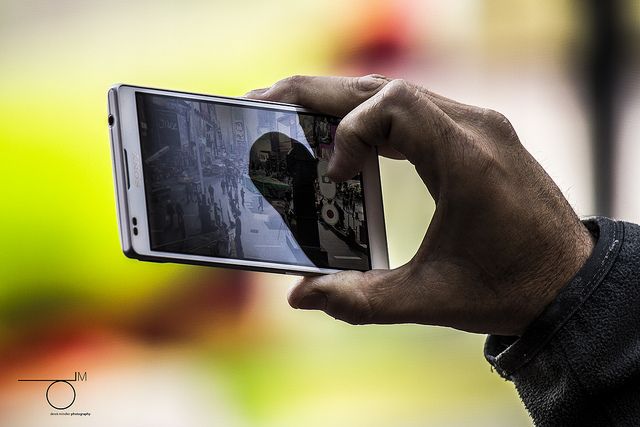Some rights reserved by Derek Mindler
Recently, I came across Melbourne Remote Control Tourist, a campaign devised by Tourism Victoria, the leading government tourist agency for this state in Australia, to engage with, you guessed it, tourists! This is not a common travel website where you can find a list of city highlights, but an interactive platform where social media plays a key role.
Effectively, Melbourne Remote Control Tourist shows stats, videos, maps and a list of venues, supported by funny snap shots, to give viewers a lively and visual idea of what to expect from the city. Most notably, the website is updated in real time by people who are currently exploring Melbourne to share their experiences with potential visitors and provide them with the opportunity to have a virtual tour through the different attractions of the city. Visitors can also watch videos and listen to audio feeds, as well as interact via Twitter and Facebook.
It’s amazing that in the first five days of its ‘go live’ period, Melbourne Remote Control Tourist registered visits from over 158 countries and had more than 150,000 views of the YouTube videos, together with 1537 pictures posted on Instagram.
These results confirmed the strong influence that social media has on our travel arrangements. If a few years ago we faced the rise of forums, blogs and online tour operators talking about holiday experiences and promoting deals, today not only do we want to take advantage of the most convenient travel offers, but we are also keen on getting ‘just in time’ suggestions on a trip while we may actually be doing it!
The use of social media in the tourism sector is so popular that the American publication Travel + Leisure introduced in 2012 the SMITTY Awards, The Social Media in Travel + Tourism Awards. Airlines, hotels, cruise lines, bloggers and tour operators are typical of the companies participating. Best Twitter feed and hangout, best Instagram and Pinterest photos, best Facebook timeline, most creative hashtag and best overall use of social media, are just a few categories listed in the SMITTY awards that give us an idea of the diversity and wealth of applications that social media can generate.
Mobile marketing is another tool that goes hand in hand with social media and can be successfully adopted to promote tourist initiatives: most of us access web pages such as Twitter and Facebook via our smartphones after all, right? Mobile marketing is often integrated with social media to maximise ROI on advertising activities. In March 2014 a networking forum addressed at senior online travel, tourism and hospitality executives working in social media and mobile marketing called “Social Media & Mobile Strategies for Travel” is taking place, arranged by EyeforTravel, a leading travel news, conference and exhibition organiser. Where to target and find customers in the fragmented digital, social & mobile landscape, and how to create digitally savvy destinations are some of the topics that will be covered during the forum. For me this just reinforces the fact that these two marketing tools are more closely than ever connected.
I think that the variety of travel industry initiatives available today on the web and in the social media landscape gives us a steer on the extent and potential for future growth of this powerful partnership. I believe that this link can only be further strengthened in the next few years as, for me anyway, there is probably nothing more likely to be shared and experienced in real time than an enjoyable trip!
